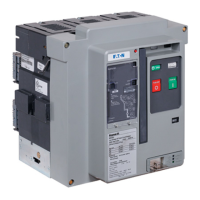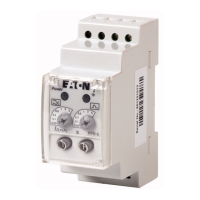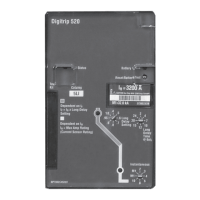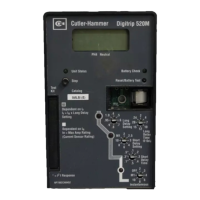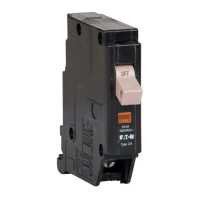IB131006EN
Page 55
Effective 07/2017
6-11 TROUBLESHOOTING CHART
6-14 END OF LIFE PROCEDURES
This circuit breaker design does not contain SF
6
, asbestos or other hazardous materials that require special
handling. On removal from service, the contacts shall be open and the closing spring discharged. The unit
can be discarded/destroyed in a similar manner as the switchgear that it is contained within. The breaker
raw materials in general are made from Copper, Steel, Aluminum and plastic.
6-15 FAILURE REPORTING
It is important to learn the field failures. To aid in this process, it is recommended that IEEE Std C37.10 (section
A.1) and the reporting form IEEE Std 1325 be considered for reporting the breaker failure event to EATON.
SYMPTOM INSPECTION AREA PROBABLE DEFECTS
Fails To Trip
• Trip Sound
But No Trip
• Trip Mechanism • Trip Bar, Trip Latch
(Jammed)
• Pole Shaft
(Jammed)
• Operating Rod Assembly
(Broken or pins out)
• Vacuum Interrupter
(One or more Welded)
Undesirably Trips
• Control Circuit
• Control Power
(CS/T Switch, remains made)
• Mechanism • Trip Coil Clapper
(Not resetting)
• Trip Bar or Trip Latch
(Poor engagement of mating
or worn surfaces)
• Trip Bar Reset Spring
(Loss of torque)
Courtesy of NationalSwitchgear.com

